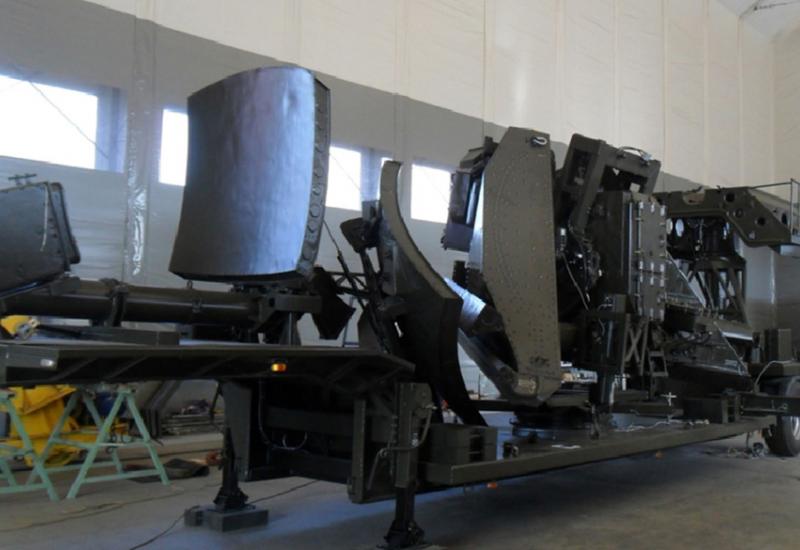It was in this form that the collaboration of Anastasia Kosmina, Ivan Okrynets and Sofia Kosmina, students of the sixth, fifth and third year of the specialization of the mechatronic direction of the MMI, arose. The practical task that they faced, is simple at first glance: to automate the two actions of a mobile radio-lightening unit: the transition from the original to the working position and the horizontality of the platform of the installation. Despite the large number of such technological solutions, Ivan Okrynets, who also works in a company that is developing such technology, from the outset decided to approach this task impartially. As a specialist in hydraulic drive, he understood that the weight of the installation (5 tons) indicated in the task and the three speeds for its unloading and loading are most suitable for hydroautomatics. On the other hand, as a specialist in hydropower, he knew the cost of equipment and energy and the cost of its operation – the power of the pump unit and constant energy consumption. The second factor has added problems to the equipment of a mobile machine, which carries both energy and the necessary field equipment.
On this note, there was a meeting of determination with cleverness. All three met during the preparation for the youth scientific conference and preparation of laboratories of mechatronics to the summer school “Mechatronics in mechanical engineering-2018”. It was then that two sisters, Anastasia and Sofia Cosmina, helped each other complete the master's thesis of the eldest, Anastasia, and chose the direction for the project of the younger bachelor – Sofia.
The problem that Anastasia studied had a similar analogue in the circulatory system: the heart and blood vessels – together they provide life and content to all actions and movements of each organ. The same applies to mechatronics – power supply from the batteries to each link, and through the “vessels” of the hydraulics - to the executive hydraulic devices. But the vessels of the blood circulation system not only transport the vital fluid, but also determine its direction, pressure, auxiliary flow. Why do not do the same in a hydraulic drive – transfer some of the power functions from the pump to the hydraulic channels? In Anastasia's research, additional valves were introduced into the hydraulic channels, forced to work in unison and provide the necessary pressure and “pulse” of the hydraulic drive in order to send a wave of a corresponding pressure to the target. It turned out that such a work of “hydraulic vessels” at low speeds and precise movements significantly reduces the required power consumption of the pump unit.
At this time, Ivan developed a system of hydroautomatics, which in one case works fast, and in the other – slowly and carefully. At this stage there was a multiplication of the author's resolve of a practical task for the researcher's intelligence: quick movements are provided by a conventional hydraulic and pump unit, and the exact displacement provides the elastic properties of the hydraulic channels and fluid and the accumulated fluid in the battery under pressure. Therefore, in the mode of precise and small displacements, an excess of energy accumulated in other modes will be used, and energy consumption is absent at all.
Six months of work, four reports at conferences and a technical solution is almost ready. But two master's theses are ahead – research of accuracy, energy intensity, reliability, simulation of modes in field conditions. The attractiveness of this work is the presence of a real prototype system (see photo), which is already planned to be installed and tested a new mechatronic system and according to which design documentation for “hydraulic vessels” is being developed. That real system requires real solutions in real conditions. A lot of features need to be envisaged: the change in the temperature of the liquid from +60 to -300 С, the wind gusts of the alternating direction to 20 m/s, the inequalities of the soil and its different freshness, the intactness of the equipment from dynamic charges, and many others that distinguish a specialist from a good student
So, by chance, in the spring of 2018, three students participating in the Olympiad “Mechatronics in machine-building” touched a sliver of “adult work” and went to the category of designers-researchers of the latest technology. See them in different challenges.

